International guests to the UNESCO World Heritage Site of the Thang Long Imperial Citadel in Hanoi are awe-struck by its rare archaeological artifacts, particularly the ancient dragon imagery that has been intertwined with Vietnam’s history for centuries.
| Travelers on a night tour of the Thang Long Imperial Citadel. Photo: Hanoitourist |
The dragon, a potent symbol of authority in Eastern cultures, is prominently featured on swords, utensils, seals, terracotta, gold, bronze, jade, and wooden artifacts, as well as ceremonial objects and architectural details from the ancient capital.
Ultimate Symbol of Power in Eastern Cultures
While dragon motifs were present in earlier periods of Vietnam’s history, they became more prevalent after the establishment of the site known as Thang Long, the name bestowed upon Dai La by Emperor Ly Cong Uan upon relocating the capital from mountainous Hoa Lu to the banks of the grand Nhi Ha River (now known as the Red River).
As described in the ‘Edict on the Transfer of the Capital’, the location is strategically positioned “between heaven and earth, where the coiled dragon and the crouching tiger lie, at the center of north, south, east, and west, with mountains and rivers conveniently behind and in front of it.”
| The photo “Flying Dragons” by Hanoi photographer Nguyen Van Phuc. |
The new capital, which signaled the commencement of the Ly dynasty, was renamed ‘Thang Long’, translating to ‘Ascending Dragon’. It was regarded as a fortunate mythical creature that symbolized the aspirations for progress, prosperity, and happiness since the inception of Dai Viet culture.
Since that pivotal moment in history, from Thang Long to the present-day Hanoi, this land has been nurtured and safeguarded by generations of talented individuals, rightfully earning the title of “Eternal Capital”. For nearly a millennium, from the Ly Dynasty to the end of the Nguyen Dynasty, the dragon served as the symbolic mascot of supreme authority, personifying the emperor, the royal court, and the imperial family. Dragon imagery was exclusively and solemnly adorned on royal utensils, ritual symbols, and official ceremonial uniforms for kings.
|
The dragon-themed Bodhi leaf at the Thang Long Imperial Citadel, crafted in the 11th century, is a fully hand-made artifact – a singular masterpiece. Photo: Institute of Imperial Citadel Studies (IICS) |
Priceless Artifacts of the World Found in Vietnam
Dragon motifs are prominently concentrated in the Central area of the Thang Long Imperial Citadel. Notable examples include the Kinh Thien Palace handrails from the early Le dynasty and another set from the Revival Le dynasty, a dragon head from the Tran dynasty, an assortment of royal blue and white porcelain bowls and plates, and two exceptional royal porcelain bowls from the early Le dynasty. Additionally, the two remaining national treasures are Revival Le Dynasty cannons and terracotta bodhi leaves adorned with phoenix and dragon motifs.
| Close-up of the early Le dynasty dragon handrails in front of the Kinh Thien Palace in the Thang Long Imperial Citadel. Photo: 24H.com |
Constructed between 1428 and 1467 during the reigns of King Le Thai To and King Le Thanh Tong, respectively, the Kinh Thien Palace stands as the heart of the heritage site. Gracing its main entrance are two handrails intricately carved with dragons, accompanied by two additional handrails on the sides depicting clouds transforming into dragons.
Following the destruction of the Kinh Thien Palace by French colonialists in 1886, the handrails bestowed upon the building erected on the ruins of the former palace its historic moniker: Dragon House. Serving as the General Headquarters of the Vietnamese People’s Army during the resistance war against the USA, the Dragon House bore witness to pivotal decisions at the highest level. Consequently, this structure holds both medieval and modern historical and cultural significance.
| A treasure unearthed at the Thang Long Imperial Citadel: an earthen dragon head dating from the Tran Dynasty (1225-1400). Photo: IICS |
In addition to the grand handrail set at the front, the original Kinh Thien Palace area also boasts a secondary set of handrails along the left rear staircase, crafted during the Revival Le Dynasty in the 17th and 18th centuries. Recognized as a national treasure in January 2023, this set features carvings of carp transforming into dragons, phoenixes, and lotus flowers against a backdrop of clouds. Both sets of handrails are unparalleled in terms of stone carving artistry.
Housed within the Thang Long Imperial Citadel is another national treasure: a dragon head from the Tran dynasty. In anticipation of the millennium of Thang Long-Hanoi, a beautifully crafted terracotta dragon head was discovered during an excavation at the site. This rather sizable and well-preserved terracotta statue once adorned the roofs of structures from the Ly and Tran dynasties, serving a spiritual purpose of offering protection from fire.
| Dragon tiles of the Kinh Thien Palace. Photo of 3D simulation. |
According to Associate Professor Dr. Tong Trung Tin, Chairman of the Vietnam Archaeological Association, the dragon head was exhibited in Germany as a showcase of Vietnam’s archaeological riches.
Dragon motifs also take center stage as the primary decorative patterns on other National Treasures within the Imperial Citadel. Elevated to the status of National Treasures in 2021, two royal porcelain bowls from the early Le dynasty, distinguished by their lightweight and translucent white glaze, feature an embossed five-clawed dragon at their center. This powerful symbol of the king’s ultimate authority unequivocally identifies these bowls as royal possessions.
|
French President Jacques Chirac examines artifacts during his visit to the Thang Long Imperial Citadel excavation site in 2004. File Photo
|
According to Associate Professor Dr. Bui Minh Tri, Director of the Institute of Imperial Citadel Studies, these bowls were renowned even before their designation as national treasures, playing a pivotal role in “ceramic diplomacy” since 2004. When then-French President Jacques Chirac and Japanese Prime Minister Koizumi Junichiro toured the Thang Long Imperial Citadel relics site, they were invited to admire these exceptional artifacts. Director Tri recounted, “The two distinguished guests were effusive in their praise for the superb craftsmanship and exquisite beauty of the dragon design.”
Furthermore, the royal porcelain collection from the early Le dynasty, which includes white and blue ceramic bowls and plates showcasing superior pottery techniques and high firing temperatures, was recognized as a national treasure in 2023.
Unraveling More Dragon Tales
| The dragon-themed artifacts discovered at the Thang Long Imperial Citadel are showcased in the basement of the Vietnamese National Assembly building. Photo: IICS |
The “dragon story” of the Thang Long Imperial Citadel unfolds through National Treasures and exhibitions linked to the heritage site. A notable example is the Imperial Citadel exhibition titled ‘Archaeological Discoveries Under the National Assembly House’.
During this exhibition, the Research Center for Imperial Citadel (the precursor to the Institute of Imperial Citadel Studies) recreated an architectural plan of the Thang Long Imperial Citadel during the Ly Dynasty, showcasing various architectural artifacts, including large bodhi-leaf tiles employed to embellish dragon imagery on palace roofs.
Additionally, fragments of bricks and tiles unearthed from the excavation pits of the Thang Long Citadel were skillfully assembled into a ceramic mosaic titled “The Dawn of Thang Long”. This artwork, positioned alongside the Edict on the Transfer of the Capital, evokes emotions and memories of the Thang Long Citadel during the Ly Dynasty. As Associate Professor Tri remarked, “This initiative serves to promote cultural heritage.”
| Dragon motifs adorn the National Treasure of the Early Le Dynasty Royal Porcelain Collection. Photo: IICS |
More recently, the ‘dragon story’ continued to unfold when the IICS unveiled a rendering of the Kinh Thien Palace during the early Le dynasty. This 3D model revealed that the palace boasted a vibrant yellow roof, accentuated by dragon-themed tiles.
The exploration of dragon imagery and dragon-themed architectural materials will continue, ensuring that the “dragon story” of the Thang Long Imperial Citadel persists, blending nostalgia with modern research methodologies.
| The ceramic core, as thin as an eggshell and remarkably translucent, showcases the advanced ceramic techniques of the early Le dynasty (980-1005). Photo: IICS |
| A visitor admires a dragon statue at the Thang Long Imperial Citadel. Photo: Nguyen Huong |
The Fragrant Pagoda: Hanoi’s Spiritual Sanctuary.
The Huong Son complex, a 15th-century architectural marvel, has withstood the test of time and continues to captivate visitors with its timeless beauty and historical significance. Over the centuries, the complex has undergone meticulous renovations, ensuring the preservation of its scenic and historical value. The result is a breathtaking fusion of ancient architecture and natural splendor that transports visitors back in time with each visit.
Acclaimed Filmmakers Oliver Stone and Phillip Noyce to Showcase Vietnam’s Cinematic and Cultural Attractions in the US.
Renowned filmmakers Oliver Stone and Phillip Noyce are set to become Vietnam’s cultural ambassadors to the United States, with a unique plan to promote the country’s vibrant tourism and cinema industries. This exciting initiative was unveiled by organizers at a press conference in Hanoi on Monday, highlighting the directors’ passion for Vietnam and its rich cultural heritage. With their exceptional storytelling talents, Stone and Noyce aim to captivate American audiences and showcase the very best of what Vietnam has to offer.
The Captivating Vietnamese Soul: Enriching Hanoi’s Artistic Horizon.
A captivating series of artistic performances, steeped in the rich tapestry of Vietnamese cultural heritage, promises to enchant international audiences with a unique and immersive experience. This enchanting showcase, a fusion of folk music and cultural exploration, will delight visitors seeking an authentic and enchanting journey into the heart of Vietnam.
Unveiling Hanoi’s ‘Divine Impressions’ in Lacquer Art Legacy
The UNESCO-recognized Thang Long Imperial Citadel will showcase a stunning exhibition of 52 lacquer paintings, celebrating the ancient art form and paying homage to the rich cultural and historical heritage of the city. This display promises to be a breathtaking tribute to the traditional lacquer art, a craft deeply rooted in the capital’s illustrious past.

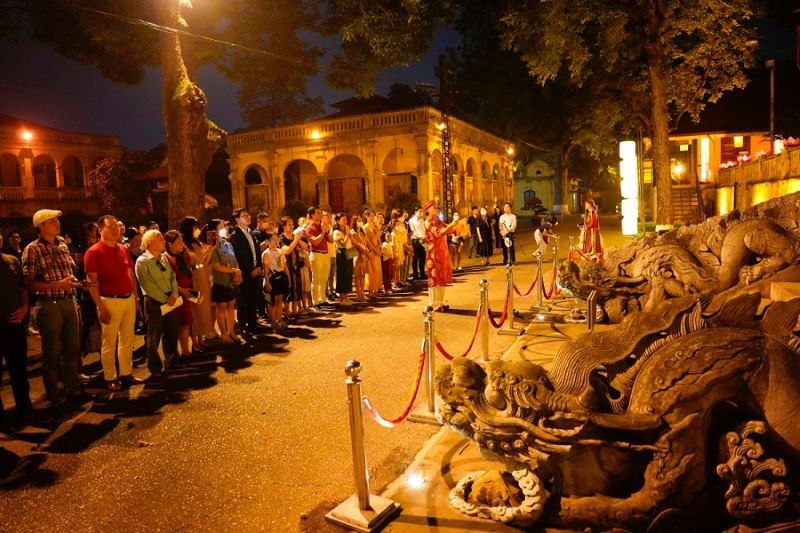
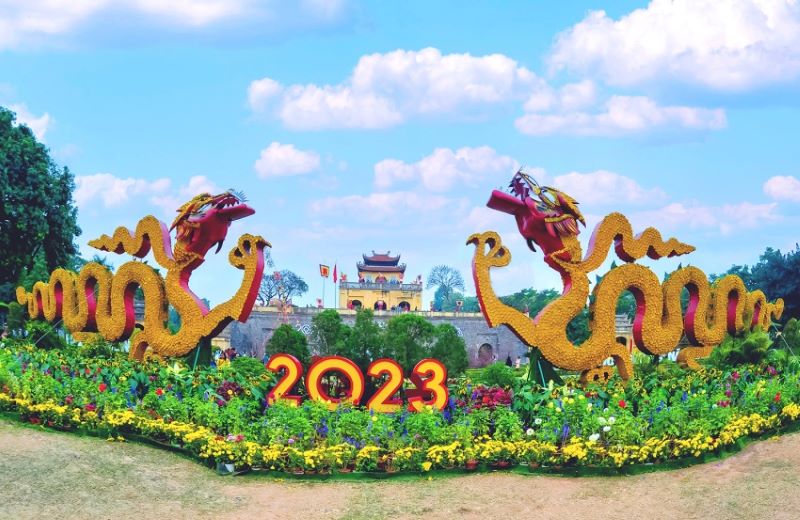
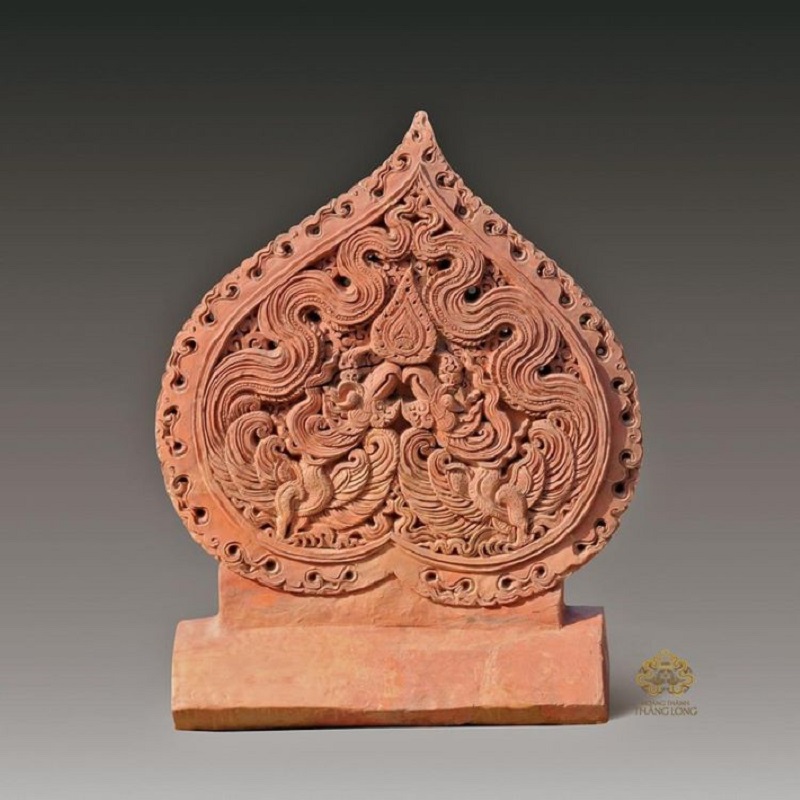
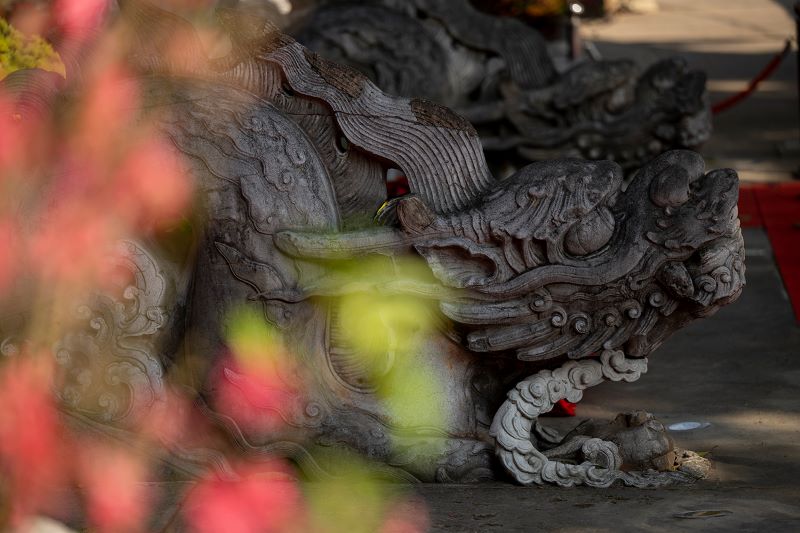
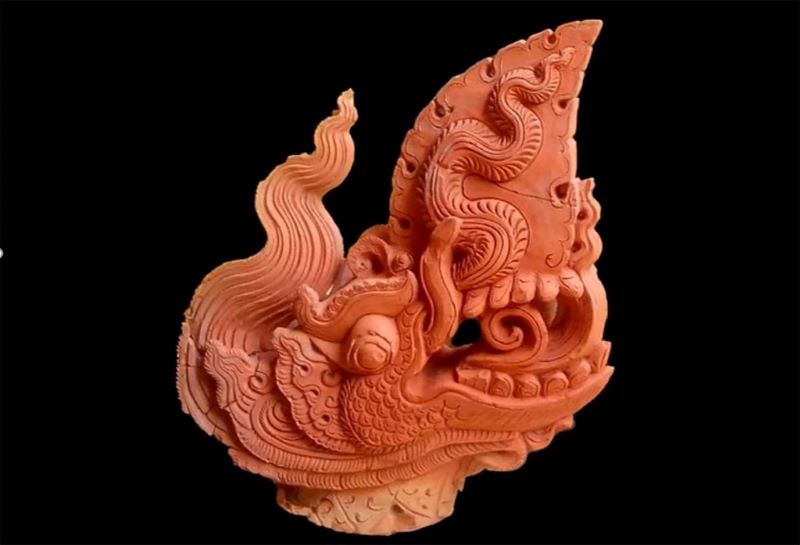
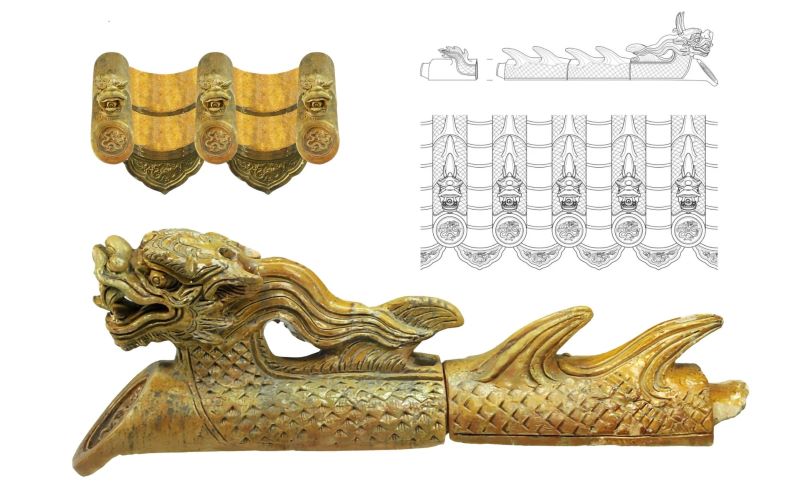
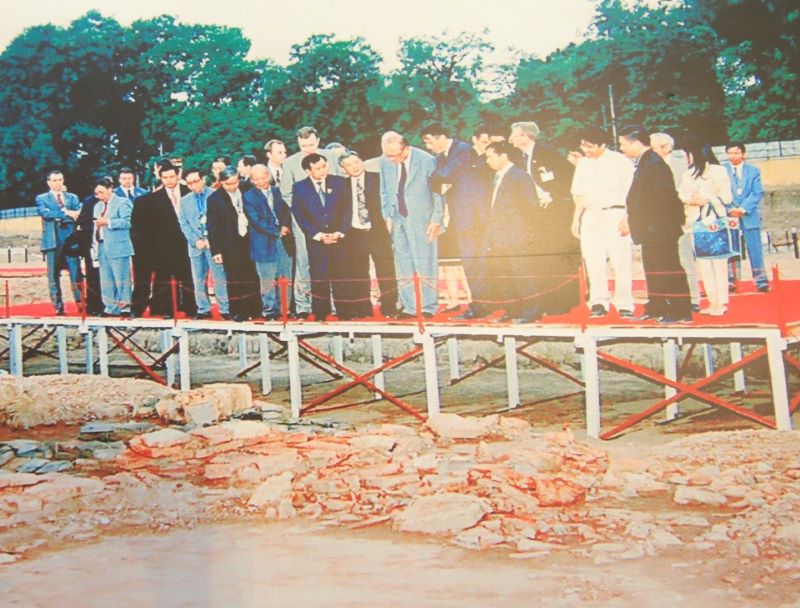
.jpg)
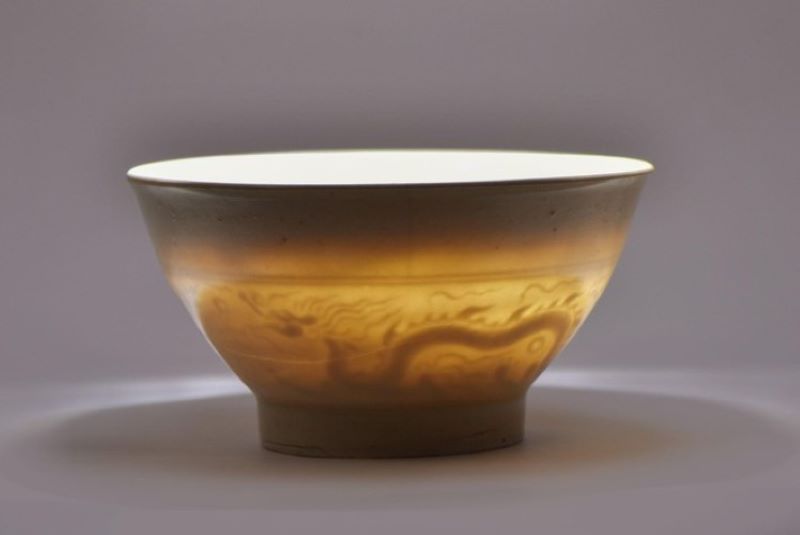
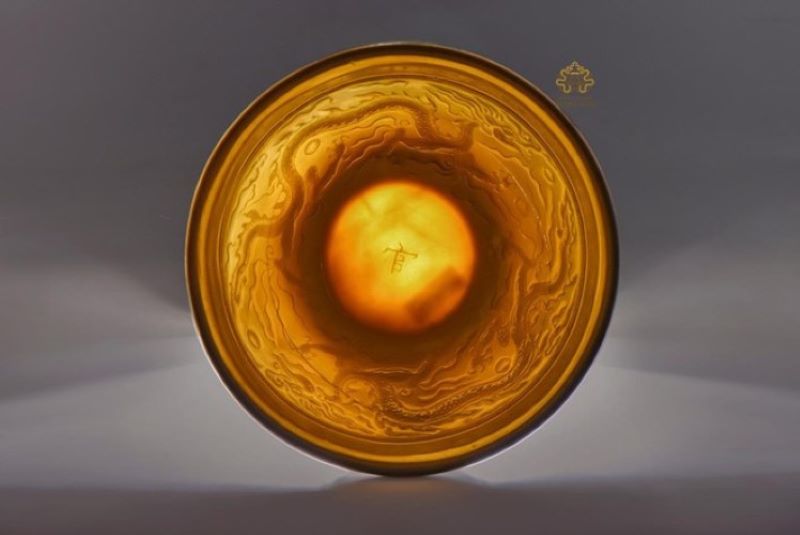
.jpg)







